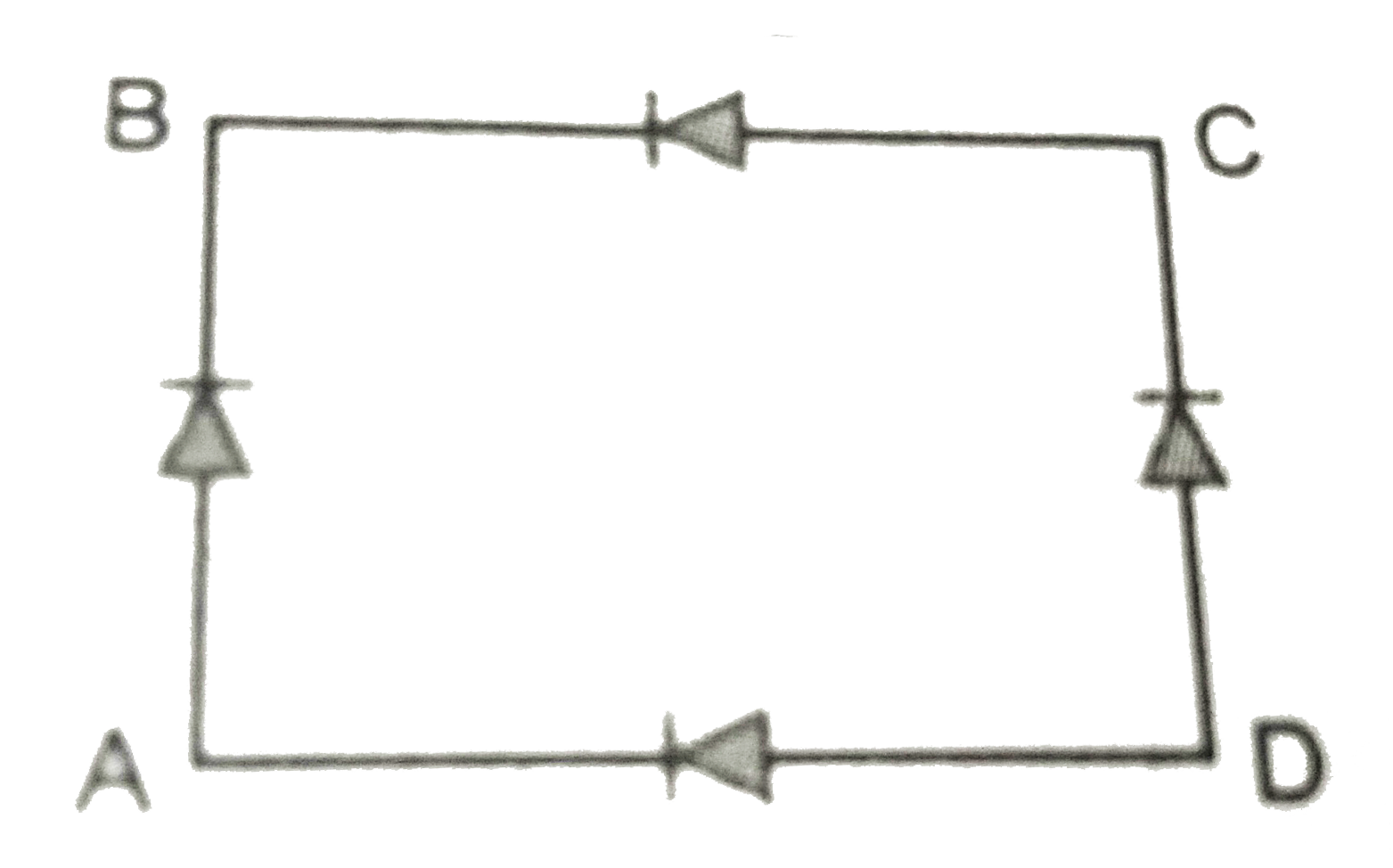In a Bipolar junction transistor, the largest current flows though
in the emitter
in the collector
in the base
through CB junction
The correct Answer is:A
To solve the question, "In a Bipolar Junction Transistor, the largest current flows through," we need to analyze the structure and functioning of a Bipolar Junction Transistor (BJT).
1. Understanding the Structure of BJT:
A Bipolar Junction Transistor consists of three regions: the Emitter (E), the Base (B), and the Collector (C). The emitter is heavily doped, the base is lightly doped, and the collector is moderately doped.
Hint: Remember the arrangement of the three regions: Emitter, Base, and Collector.
2. Current Flow in BJT:
- The three main currents in a BJT are:
- Emitter Current (IE)
- Base Current (IB)
- Collector Current (IC)
Hint: Identify the three types of currents and their respective roles in the operation of the transistor.
3. Current Relationships:
- The emitter current (IE) is the sum of the base current (IB) and the collector current (IC):
IE=IB+IC
- The collector current (IC) is related to the emitter current (IE) by the current gain (α):
IC=αIE
- Here, α (alpha) is typically around 0.95, meaning that about 95% of the emitter current contributes to the collector current.
Hint: Recall the relationship between the emitter, base, and collector currents.
4. Comparing the Currents:
- Since α is less than 1, it indicates that not all of the emitter current flows into the collector. The base current (IB) is much smaller than both the emitter and collector currents.
- Therefore, the largest current in the BJT is the emitter current (IE), followed by the collector current (IC), and the smallest is the base current (IB).
Hint: Compare the magnitudes of IE, IC, and IB to determine which is the largest.
5. Conclusion:
- Based on the analysis, the largest current in a Bipolar Junction Transistor flows through the emitter (IE).
Final Answer: The largest current flows through the Emitter (IE).
A Bipolar Junction Transistor consists of three regions: the Emitter (E), the Base (B), and the Collector (C). The emitter is heavily doped, the base is lightly doped, and the collector is moderately doped.
- The three main currents in a BJT are:
- Emitter Current (IE)
- Base Current (IB)
- Collector Current (IC)
- The emitter current (IE) is the sum of the base current (IB) and the collector current (IC):
IE=IB+IC
- The collector current (IC) is related to the emitter current (IE) by the current gain (α):
IC=αIE
- Here, α (alpha) is typically around 0.95, meaning that about 95% of the emitter current contributes to the collector current.
- Since α is less than 1, it indicates that not all of the emitter current flows into the collector. The base current (IB) is much smaller than both the emitter and collector currents.
- Therefore, the largest current in the BJT is the emitter current (IE), followed by the collector current (IC), and the smallest is the base current (IB).
- Based on the analysis, the largest current in a Bipolar Junction Transistor flows through the emitter (IE).
Topper's Solved these Questions
- QUESTION BANK 2021Book:NAVNEET PUBLICATION - MAHARASHTRA BOARDChapter:QUESTION BANK 2021Exercise:Semiconductors Devices (Very Short Answer (VSA) ( 1 MARK Each ) )
Explore 8 Videos
- QUESTION BANK 2021Book:NAVNEET PUBLICATION - MAHARASHTRA BOARDChapter:QUESTION BANK 2021Exercise:Semiconductors Devices (Short Answer I (SA1) ( 2 MARKS Each ) )
Explore 7 Videos
- QUESTION BANK 2021Book:NAVNEET PUBLICATION - MAHARASHTRA BOARDChapter:QUESTION BANK 2021Exercise: Structure of Atoms and Nuclei (Long Answer ( LA) ( 4 marks Each) )
Explore 3 Videos
- MULTIPLE CHOICE QUESTIONSBook:NAVNEET PUBLICATION - MAHARASHTRA BOARDChapter:MULTIPLE CHOICE QUESTIONSExercise:Communication Systems
Explore 6 Videos
- SHORT ANSWER QUESTIONSBook:NAVNEET PUBLICATION - MAHARASHTRA BOARDChapter:SHORT ANSWER QUESTIONSExercise:Assignments
Explore 3 Videos
Similar Questions
Knowledge Check
In transistor the emitter current is.
Aslightly more than the collector currentBslightly less than the collector currentCequal to the collector currentDequal to the base currentIn a transistor the emitter current is
Aslightly more than the collector currentBslightly less thank the collector currentCequal to the collector currentDequal to the base currentIn a junction transistor, the current gain B is defined as
AThe ratio of the change in collector current to the change in emitter current for a constant collector voltage in the common base configuration.Bhe ratio of change in emitter current to the change in base current for constant emitter voltage in common emitter configuration.CThe ratio of change in collector current to the change in base current for constant collector voltage in CE configuration.DThe ratio of change in base current to the change in collector current for constant collector voltage in CE configuration
In a p-n junction there is no appreciable current if
View SolutionIn a p-n junction, there is no appreciable current if
View SolutionIn n-p-n transistor the emitter current will be equal to
View SolutionConsider the junction diode as ideal. The value of current flowing through AB is

View SolutionConsider the junction diode as ideal. The value of current flowing through AB is:

View Solution

